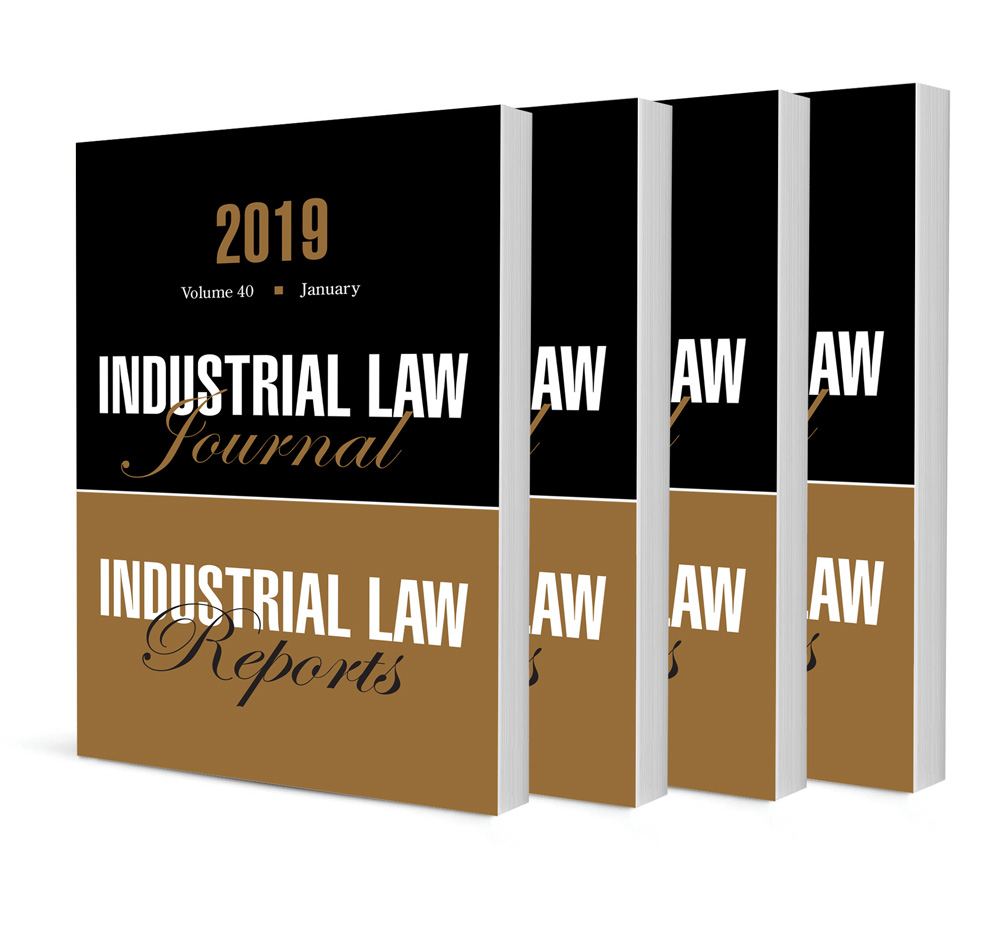Independent Contractors Have Rights Too

Independent Contractors Have Rights Too
Author Darcy du Toit
ISSN: 2413-9874
Affiliations:
Source: Industrial Law Journal, Volume 40 Issue 4, 2019, p. 2165 – 2188
Abstract
The distinction between employees and independent contractors remains essential in distinguishing subordinate workers from the selfemployed. But, in practice, the proliferation of non-standard work has included a growing reliance by employers on ‘disguised employment’ that has reached new heights in the platform economy. The article considers how far employment protection can be extended into the realm of notional independent contracting. In this context it looks at litigation in different jurisdictions by independent contractors claiming misclassification. But the main issue is the position of workers who are thus excluded from labour law protection, even though they may remain under the de facto control of quasi-employers. The article argues that the basic rights of workers necessarily apply to all workers, including vulnerable independent contractors. Mechanisms for achieving this include: (a) the purposive interpretation of independent services contracts; (b) the applicable provisions of existing legislation; and (c) legislation applicable to all workers in specific categories without distinction based on contractual status. A key question is that of identifying the content of rights which could provide precarious independent contractors with protection. This implies forms of responsive and decentralised regulation capable of addressing conditions in diverse sectors with the necessary specificity.